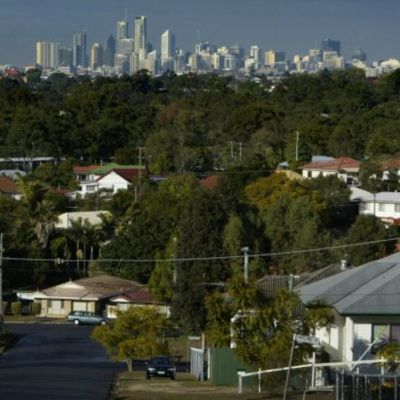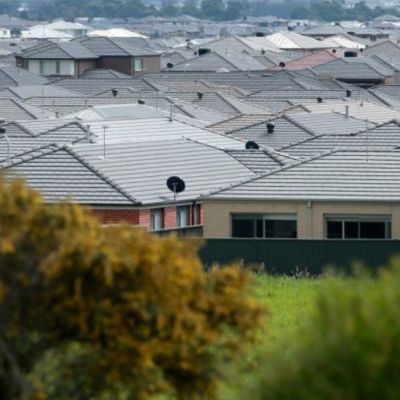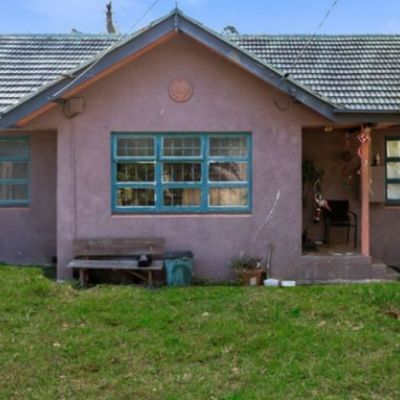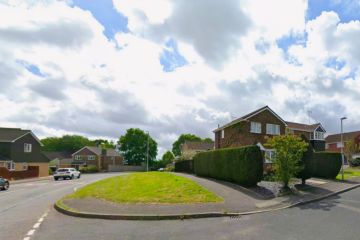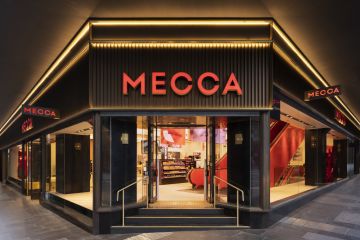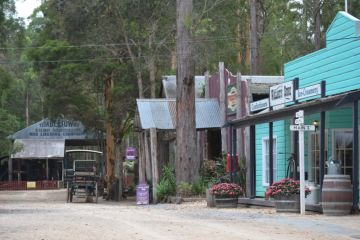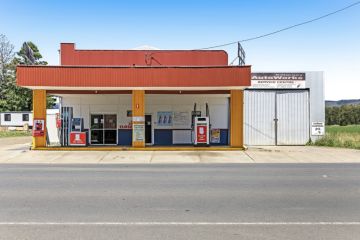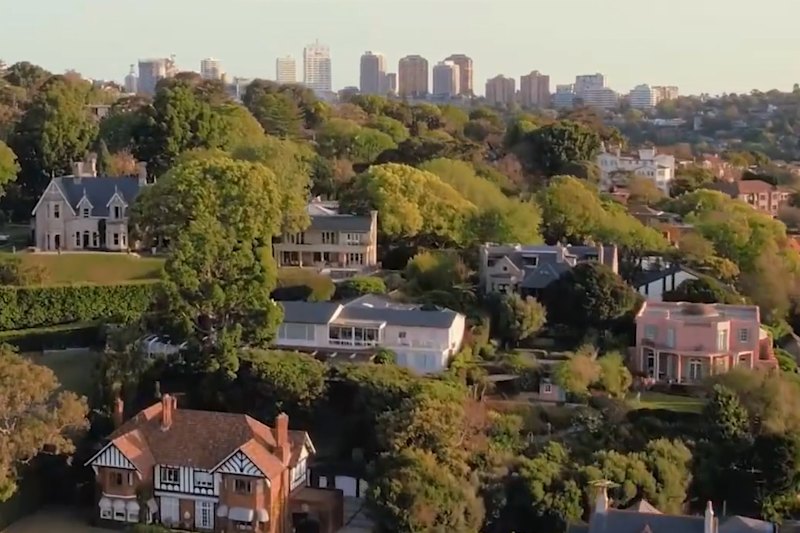High quality aerial images show South East Queensland neighbourhoods evolving

Exclusive aerial imaging technology has been used to highlight south east Queensland’s rapidly expanding and transforming urban areas.
Academics and demographers say the images reflect research and trends which point to concentrations around transit options and new developments.
Demographer Mark McCrindle said Australian Bureau of Statistics data showed the suburbs North Lakes and Warner showed the most growth in the past five to 10 years.
“The fastest growing area in all of Queensland in the past year is the Moreton Bay south region,” he said. “It grew at twice the rate of Brisbane.”
North Lakes. Credit: Nearmap.com
Strong consumer demand for house and land packages was driving the sprawl, he said.
“You got affordability, you’ve got supply in terms of new developments and they attract young families.”
The images come from Nearmap, an aerial imaging company that provides high-resolution stills for use by governments, tradespeople and other businesses. Nearmap senior vice-president John Biviano said being able to watch new communities grow was an unintended, but welcome side effect.
“The most interesting imagery I’ve seen is when you see greenfield or brownfield developments where you go from an open space [and] in a few years you see absolute community,” he said.
“When you see those traditional areas that were farmland … and now it’s just populated with thousands and thousands of residential houses and facilities, that’s just awesome.”
Areas like North Lakes, Warner, Coomera and Thornlands will continue their sprawl outward for years to come, University Of Queensland academic Laurel Johnson said.
“They are expanding areas, they’re growing areas,” she said. “None of them are fully developed yet.”
Ms Johnson agreed new house and land packages were a steady sector of the housing market.
“It will always be a consumer preference in Australia,” she said. “People want the family home, they want what they grew up in.”
“It’s not going anywhere, it’s the great Australian dream.”
The Nearmap images also visualised the change in density in Brisbane’s inner ring, within five kilometres of the CBD. Queenslanders with backyards were making way for medium to high density apartment buildings and townhouses in suburbs like Chermside and Woolloongabba.
Mr McCrindle said inner city suburbs had become more attractive to a new generation of buyers.
“Areas that used to be not that well regarded … Woolloongabba is an example of that,” he said. “It was a lot of main roads and a lot of cheaper accommodation.”
“I guess you might call them semi-industrial in some areas … they’re now growing demand.”
Younger homeowners and renters were more likely to prefer to use public transport, and homes close to transport options were the most desirable, Ms Johnson said.
“People will trade off affordability and access,” she said. “If I want to live in the inner five kilometres of Brisbane it will cost be a lot more, but it’ll give me better access to the city.”
Townhouses became a sought after product, particularly in Chermside. “Developers are telling us they can’t keep up with the overlap,” Ms Johnson said. “People want that product.”
We recommend
We thought you might like
States
Capital Cities
Capital Cities - Rentals
Popular Areas
Allhomes
More
- © 2025, CoStar Group Inc.
